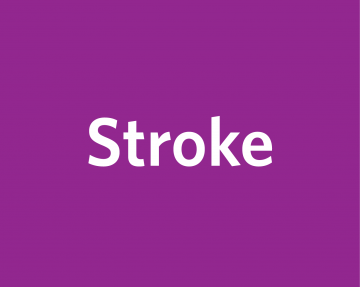Stroke is one of the three top causes of death in Canada.[1] Adults are afflicted by 3 distinct types: ischemic stroke, hemorrhagic stroke, and transient ischemic attack […]
Posted in Introduction, Stroke | Tagged with
Rehabilitation programs delivered through home telehealth can be as or more effective than conventional rehabilitation. The fixed scheduling of rehabilitation programs makes it comparatively simple to determine human resource requirements for this type of home telehealth. There is moderate evidence that remote monitoring for INR management can improve clinical stability in the short-term, […]
Posted in Key Messages, Stroke | Tagged with
Summary This review sought to gather and synthesize the evidence on home telehealth for management of post-stroke patients. We looked at 3 areas: Patients: How is home telehealth used in treating post-stroke patients? Do patients like it? How clinically effective is it? Providers: What is the impact of home telehealth on health human resources? What […]
Posted in Scope of Literature, Stroke | Tagged with
Summary Home telehealth is used to address the needs of post-stroke patients in a variety of ways.[1] Those who are on oral anticoagulation therapy can use remote monitoring services to get feedback on medication dosage. Rehabilitation can be facilitated by virtual-reality systems that allow patients to perform range-of-motion exercises at home while being guided by […]
Posted in Design and Implementation, Stroke | Tagged with
Summary There is strong evidence that rehabilitation programs using home telehealth can be as or more effective than usual care. These programs almost invariably involve regular real-time interaction between patient and provider. Feedback is immediate rather than asynchronous. In this respect, rehabilitation programs using home telehealth bear a closer resemblance to their conventional counterparts than […]
Posted in Patient Outcomes, Stroke | Tagged with
Summary As a general rule, home telehealth programs for post-stroke patients are delivered by physiotherapists and nurses. The prominence of the former is due to the frequency with which home telehealth is used for post-stroke rehabilitation. In cases where home telehealth is used in oral anticoagulation therapy, for education, or for emotional support, the health […]
Posted in Provider Outcomes, Stroke | Tagged with
Summary The economic effects of home telehealth can be discussed using direct or indirect measures of costs and cost savings. Direct measures include figures such as cost per patient, cost per telehealth unit, and annual costs. Examples of indirect measures are probability of patient hospitalization, number of emergency room visits, and other types of health […]
Posted in Stroke, System Outcomes | Tagged with
Holden M K; Dyar T A; Dayan-Cimadoro L (2007) Telerehabilitation using a virtual environment improves upper extremity function in patients with stroke.. IEEE Transactions on Neural Systems & Rehabilitation Engineering. 15(1): 36-42. Lutz B J; Chumbler N R; Lyles T, Hoffman N, Kobb R (2009) Testing a home-telehealth programme for US veterans recovering from stroke […]
Posted in Stroke, Works Cited | Tagged with
Click on a column’s arrow to sort by that column. To view a larger version of the table, click on the icon in its lower right corner. See also Stroke – Works Cited.
Posted in Master Tables, Stroke | Tagged with

